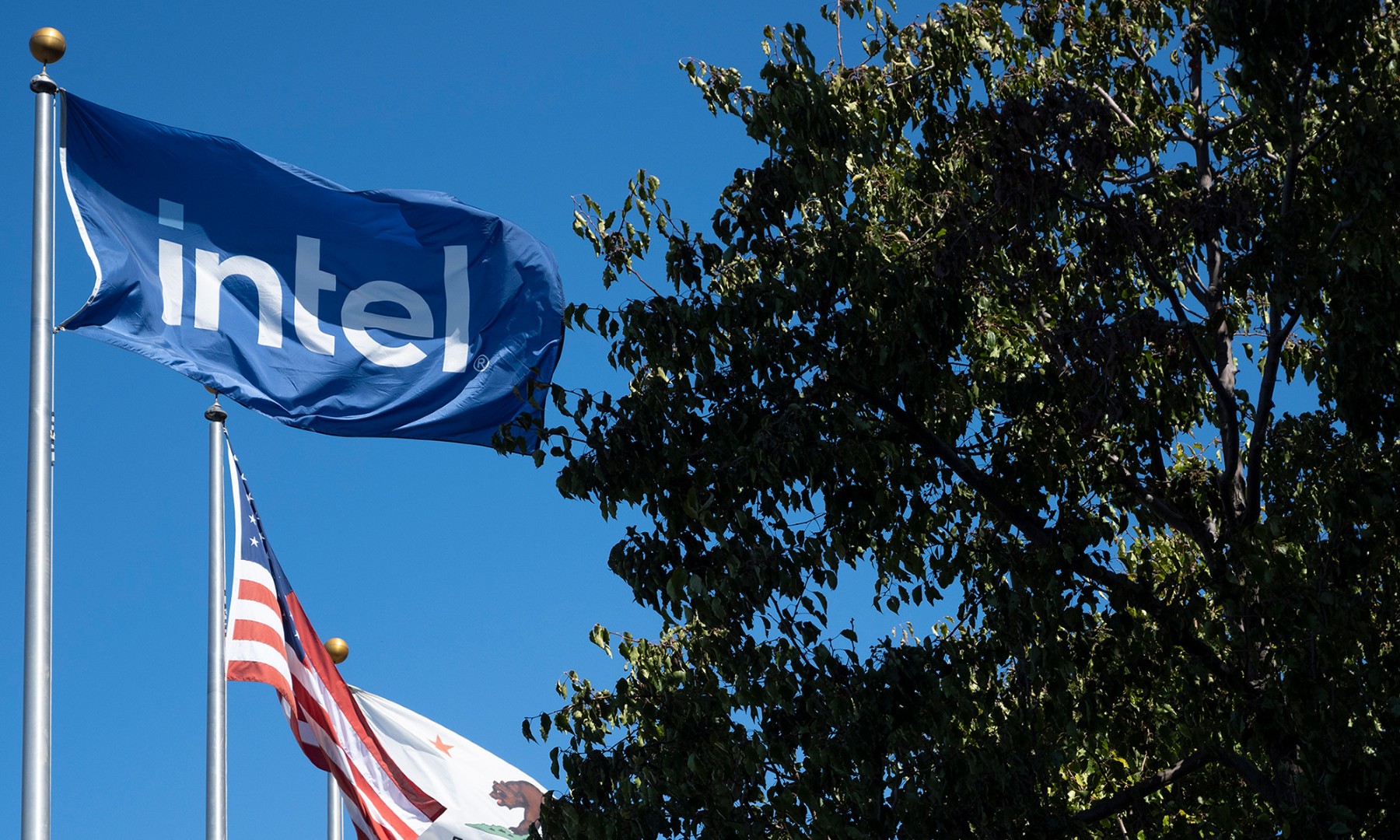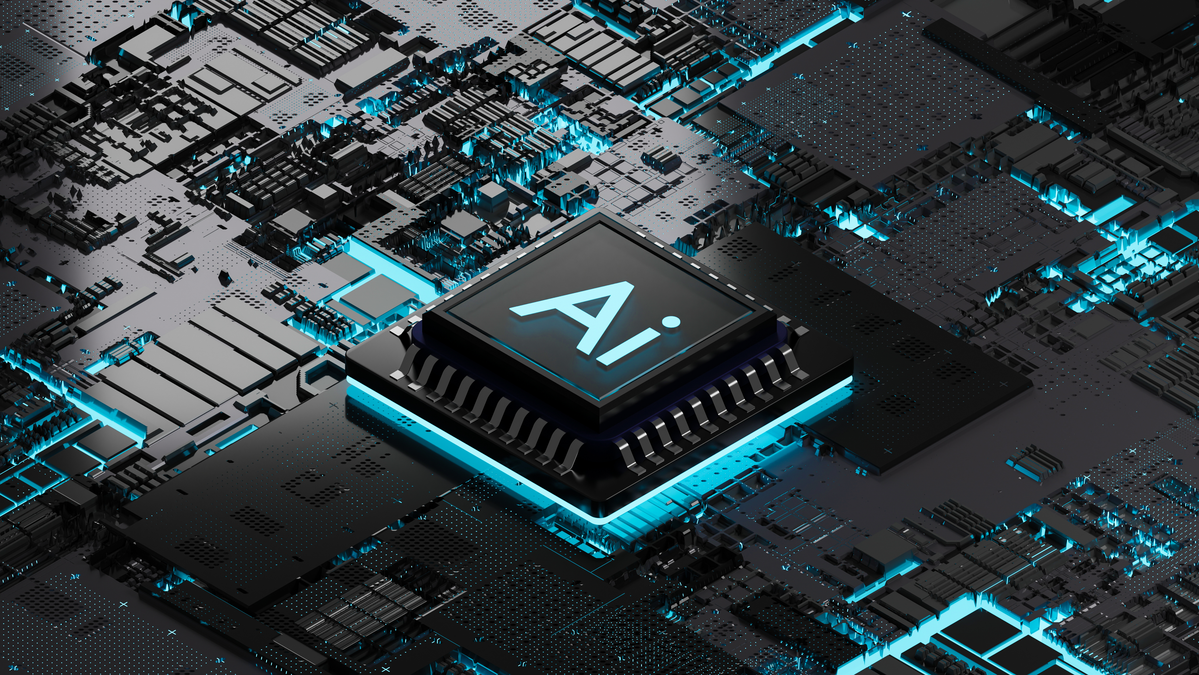Intel's (INTC 4.30%) 4% dividend yield is a siren song to investors at a time when the average savings account yields only 0.5%. But will Intel end up hurting investors? Or is Intel stock the perfect investment for those looking for a safe income investment?
Value trap
In 2011, Intel's market share rose a substantial 2.5%, but in 2012, it lost 0.1% of market share. Meanwhile, Samsung, Qualcomm (QCOM 1.66%), and Broadcom (NASDAQ: BRCM) -- all with a larger presence in the mobile semiconductor market and which use ARM's (ARMH +0.00%) chip designs -- gained market share in 2012.
| Company | 2012 Market Share | 2011 Market Share |
|---|---|---|
| Intel | 16.4% | 16.5% |
|
Samsung | 9.5% | 8.9% |
| Qualcomm | 4.4% | 3.3% |
| Broadcom | 2.6% | 2.3% |
Source: Gartner. Several companies omitted.
The drastic 14% decline in PC shipments hurt Intel's share, whereas the growing mobile market benefited the others. Samsung provides smartphone application specific integrated circuits, Qualcomm leads the mobile application processor market with 25% market share, and Broadcom leads the Wi-Fi market with 62% market share. Combined, ARM-designed chips have 90% of the smartphone market.
All this underlines the significant disruption occurring in the tech industry that makes Intel's stock a risky holding. Tablets and phones are the only growth areas, and Intel has, at least for now, little to contribute.
Last year, Intel created and pushed the "ultrabook" concept to help boost sales versus its competition. Though there were expectations of 22 million sales in 2012, only about 10 million ultrabooks were shipped. Even thought Intel spent $300 million in advertising ultrabooks, the products have yet to catch on as expected. This demonstrates that even with a dominant market position, a history of innovation, and nearly unlimited resources, pivoting to a new industry dynamic is tough work. And while working it out, Intel may continue to suffer, as its gross margins and free cash flow trend downward:
INTC Free Cash Flow TTM data by YCharts.
Income investment
On the other hand, Intel still does lead in market share. And while ARM, its larget rival in mobile chips, spent $74 million last quarter in research and development, Intel spent $2.5 billion. There's no guarantee that this expense will lead to conquering a significant share of the future market, but substantial continuous investment in technology is a good sign.
Additionally, all the aforementioned potential obstacles have been priced into Intel's stock. The company trades at a P/E of 11.4, very close to the low level it reached during the recession. Even with a high 4% dividend yield, the company's payout ratio is still a very sustainable 44%. And, that dividend has grown 60% over the past five years, showing the company happily returns value to shareholders.
In the longer term, Intel has a growing market in data centers, which will continue to be the hidden backbone of any mobile-focused world. While its data center segment contributed only 20% of revenue in the last quarter, it grew 7.5% over the previous year. This segment also has a healthy 41% gross margin, besting the PC client group's 31%.
Dead, or dependable?
The trends at Intel are worrying, but if you believe in the company's ability to pivot, it offers a stable income investment at a cheap price. If you do bite at its 4% yield, just make sure to keep an eye out for any deteriorating trends.







